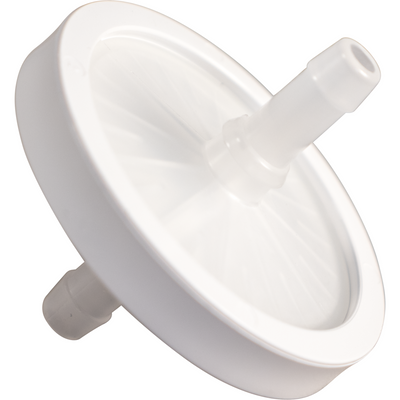This Oxygenation System pumps pure oxygen into your cooled wort using a disposable oxygen tank and stainless steel diffusion stone. Takes a mere 1-2 minutes of operation to achieve adequate oxygen levels. Comes with a regulator for disposable oxygen tank, sterile inline filter, our threaded .5 micron stainless steel oxygenation stone and tubing.
Yeast need oxygen to make good beer. The problem is that after boiling for an hour the wort is void of oxygen. Fermentations with low levels of oxygen will produce yeast that start slower, have sluggish ferments, and are more likely to poop-out and stop fermenting. On the contrary, fermentations that have been infused with oxygen will have healthier yeast that start faster, ferment faster, have a greater tolerance to alcohol, produce beers with less residual sugar, and produce better overall flavors.
Currently, the standard practice of getting oxygen to the yeast is to splash the wort as it enters the fermenter or to shake the fermenter once full. This practice is definitely better than nothing, however it is impossible to infuse enough oxygen by shaking or splashing and the air you do infuse is usually contaminated to some extent.
Please Note: Disposable Oxygen tank is Not Included. These are available at some hardware stores. Each disposable oxygen tank will last for approximately 10-15 five gallon batches.
About the inline filters: There are two sides to the filter - an "in" and an "out". The direction you use doesn't matter, however, you want to take note of which way you first push air through it and always keep it that way. There is an arrow on the edge of the filter housing that we use to keep the air flow going one direction when using it. The filter should never get wet, so don't dunk it in sanitizer. If you want to clean the outside of it, use Alpet D2. To store the filter, use a little tinfoil on the "In" of the filter and store in a zip-lock bag.
Oxygen Regulator Features:
1/4" Barb Output
Max Delivery Pressure: 100 PSI
Max Flow Rate: 180 CFH
Regulator is Left Hand Thread
Stainless Steel Actuating Rod
Machined brass body with adjusting cap, piston and hose connection
Read more less






















































